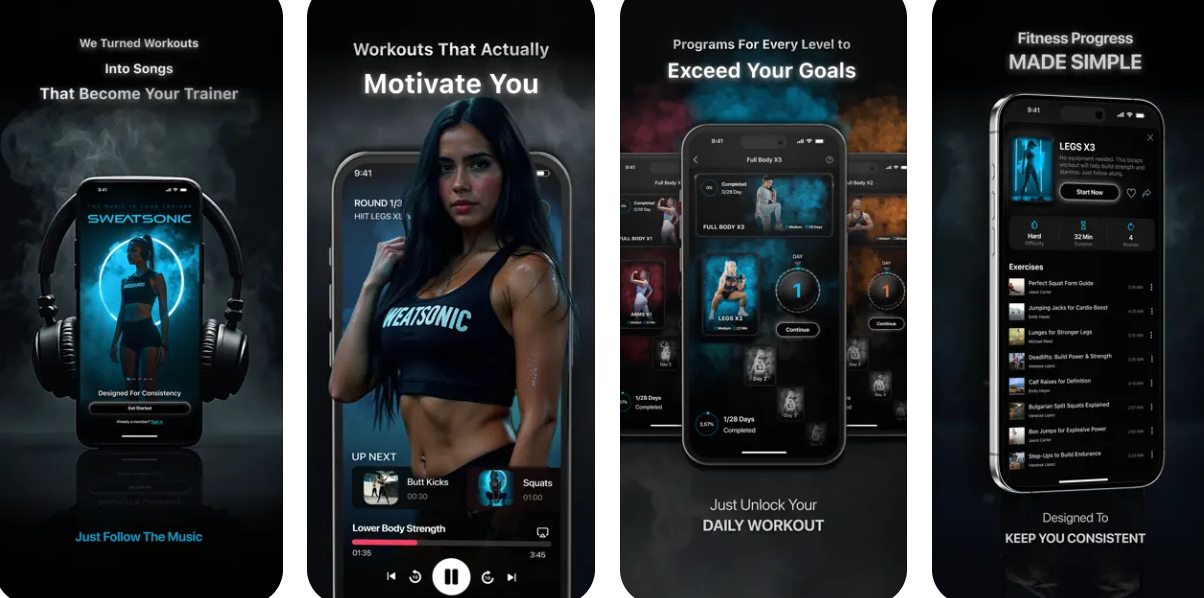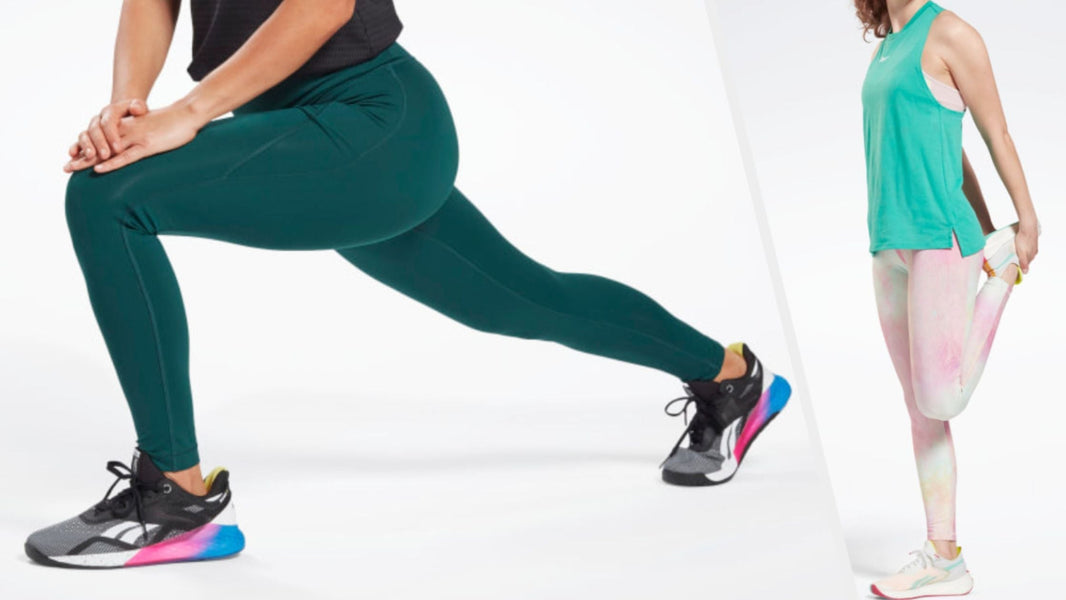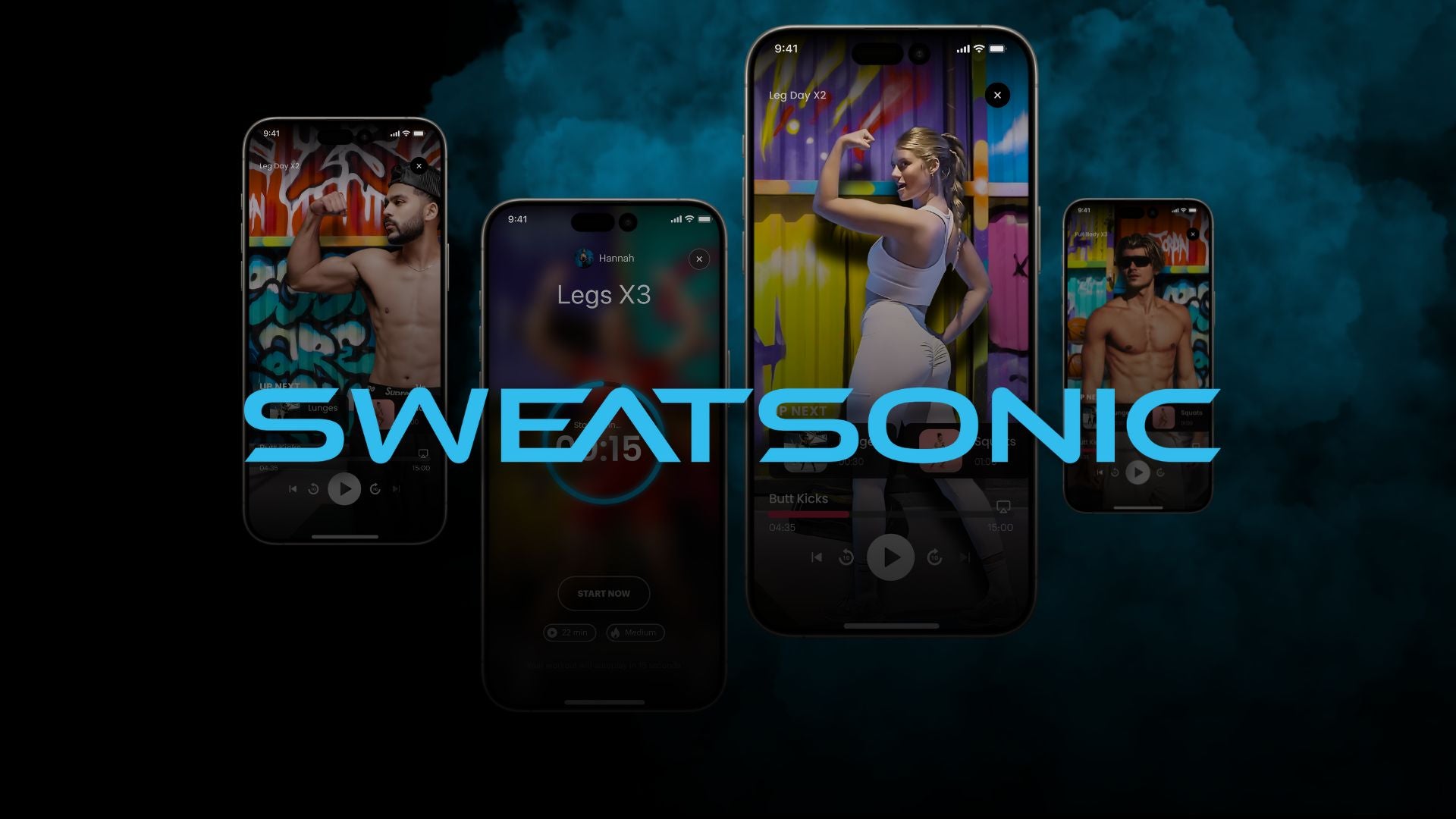Fitness no longer has to be about squeezing into a crowded gym, dodging awkward small talk with your trainer, or planning your life around gym hours that never seem to work with your schedule. Thanks to mobile technology and some ingenious coaching systems, a Fitness Trainer App allows you to work out in your living room, hotel room, or even while pretending to work on your laptop, all without the intimidation of the gym or overpriced memberships. And the best part? No one’s judging you for doing squats in your pajamas.
Now that you get what a fitness trainer app is, the next question is: What’s in it for me? Whether you're crushing HIIT at home, sneaking in a quick set of squats during lunch, or staying active while traveling (because we all know you won’t skip leg day), these apps offer flexibility, convenience, and next-level coaching. They’re perfect for the fitness freak who wants to get stronger, stay on track, and never have to fight for a dumbbell at the gym.
Benefits of a Fitness App Over Traditional Ways of Training
A fitness trainer app delivers flexible, smart, and cost-effective training solutions directly to your phone. Here’s why more users are turning to apps over traditional personal training:
1. Work Out Anytime, Anywhere (No Schedule Syncing Required)
Your favorite personal trainer might be fantastic, but are they available at 9:47 PM after a chaotic workday and three episodes of your comfort show? Probably not.
A fitness trainer app is your on-demand, whether you’re at home, in a hotel room, or procrastinating on laundry. Your app will say yes to everything, for instance.
-
Morning yoga? Done.
-
Midday abs? Sure.
-
Midnight dance-HIIT mashup?
We don’t judge. And with offline access, you can even train mid-hike if that’s your vibe. Many apps even offer offline access, so you can stay consistent no matter where you are. With a home workout app, fitness becomes more accessible, eliminating barriers such as travel time or gym availability.
2. Affordability That Doesn’t Feel Like a Downgrade
Let’s do the math. One personal training session = $70 on average. Monthly app subscription = the price of two lattes. And this isn’t some janky knockoff.
Today’s top fitness apps offer guided workouts, smart tracking, and even real-time coaching, all at a fraction of the cost. Apps like SweatSonic throw in music-powered workouts that make every dollar feel like magic. You get next-level programming without emptying your wallet.
In contrast, fitness trainer apps offer a cost-effective alternative, typically through monthly or annual subscription plans that cost less than a single in-person session. These subscriptions often include access to guided workouts, personalized plans, intelligent progress tracking, and evolving training recommendations.
For example, a user subscribing to a music-enhanced training app might pay around $10 to $15 per month and still receive daily coaching, audio-led sessions, and adaptive programming. This approach delivers long-term value without sacrificing the quality or variety of training.
3. Personalized Programs Based on Your Fitness Level
Your app doesn’t recycle the same three routines for everyone. The moment you sign up, it takes note of your fitness level, goals, schedule, available equipment, and preferences. It then creates plans that fit your life, not the other way around.
And because it tracks every rep (no creepy stuff, promise), your workouts evolve with you. Your progress isn’t just tracked, but it’s respected and built upon, ensuring that your fitness journey keeps moving forward. Based on that, the fitness coach on demand designs tailored workout plans that evolve as you progress.
4. Music-Synced Coaching for Better Engagement
One of the biggest challenges of solo workouts is staying motivated. Fitness apps have evolved to overcome this with beat-synced audio virtual training, where the music guides your pace.
This means you don’t have to count reps, look at a timer, or break focus. The rhythm keeps you moving while verbal cues guide your form and effort. It’s not just more efficient, but it’s more enjoyable.
5. Eyes Up. Hands-Free. Mind Engaged.
Traditional follow-along videos can feel like choreographed chaos. Fitness apps that use audio-first guidance (like we do at SweatSonic) make it simple: listen, move, flow. You get clear cues while staying focused on your form, breathing, and movement. Whenever you explore our fitness trainer ios app, be sure to consider the style of the training supports, which can enhance better body awareness, smoother transitions, and a more fluid workout experience. It’s especially beneficial for users who value simplicity and safety.
6. Effortless Tracking, Maximum Gains
Fitness apps track every rep, set, time, and intensity, so you don’t have to guess how hard you worked (or how many times you checked your phone between sets). This data gets turned into easy-to-read progress charts and weekly summaries, making it fun to see how far you’ve come and where you still need to put in the work.
Here’s how it works in real life:
-
Track Your Reps & Sets: After every workout, the app logs how many reps you did and tracks your total sets so that you can see your progress. No more pretending you did 100 squats when you stopped at 15.
-
Measure Time & Intensity: The app keeps tabs on how long you’ve been at it and how hard you’re pushing yourself, so you can tell if you’re actually working up a sweat or just going through the motions.
-
Spot Progress Trends: Over time, the app shows you if you’re getting stronger or need to step it up a bit. No more guessing, and the charts tell the truth.
-
Set New Goals: Whether you’re aiming to lift heavier, do more reps, or just finally beat your friend’s 5K time, the app helps you set and smash goals that match your personal fitness journey.
-
Weekly Summaries: Each week, you get a recap of your workouts, helping you see what went well and what needs a little extra effort next time. It’s like a mini fitness report card — minus the stress!
8. Always On, Always Motivated
We all know motivation can be a bit of a rollercoaster, and some days you’re ready to crush it, and other days, your couch feels way more appealing. That’s where fitness apps step in. They’re designed to keep you on track, even when your motivation is on a coffee break.
Daily reminders, goal streaks, achievement badges, and post-session pep talks help ensure you don’t quit before you’ve reached your goals. These little digital nudges act as your accountability buddy, constantly reminding you why you started and providing the extra push to keep going. With a fitness coach who’s always on demand, there’s no way you can slip into a slump.
9. Inclusive, Accessible, and 100% You-Proof
Whether you’re a total beginner, coming back after a break, or training like a pro, fitness apps adjust to you. For newcomers, they offer step-by-step guidance and repeatable workouts that build confidence. For experienced users, they provide challenging routines and performance metrics to push limits. The ability to adjust pacing, intensity, and complexity makes these platforms highly adaptable. You’re in control, and you can progress safely at your own pace.
Final Thoughts
Personal trainers have done their fair share in helping people get stronger, no doubt. But when it comes to convenience, affordability, flexibility, and daily access, fitness trainer apps are clearly in the driver’s seat.
And if we’re talking about apps, SweatSonic is the VIP of the fitness world.
Why? Because SweatSonic doesn’t just make you count reps, and it gets you to feel the beat. It’s not just a workout, it’s a rhythm session. With AI-powered coaching, beat-synced guidance, and hands-free audio, it turns every session into something you’ll look forward to. Who knew breaking a sweat could feel this good?
Still wondering how does SweatSonic makes workouts musical? Try SweatSonic today and see where every rep moves in rhythm with your goals.









